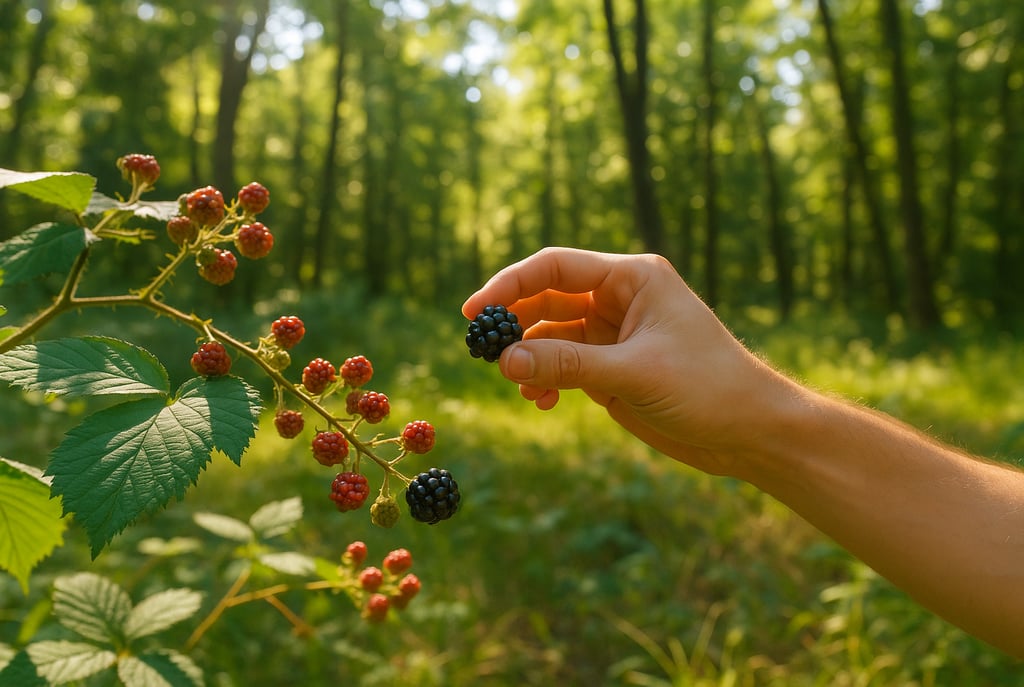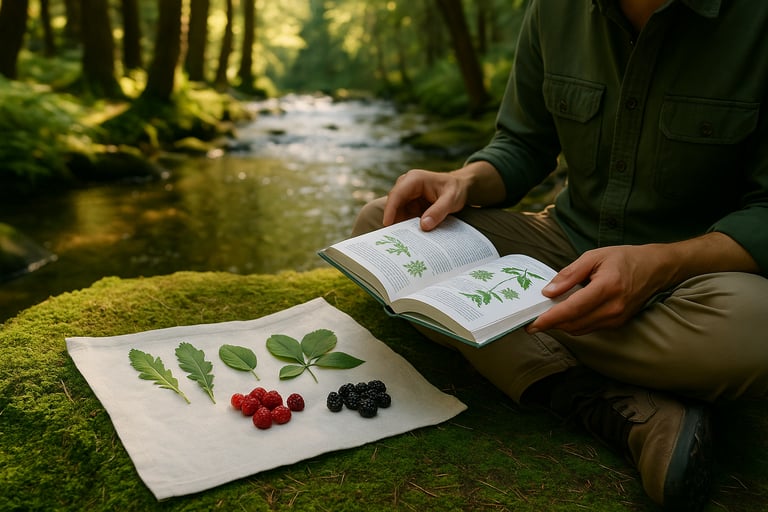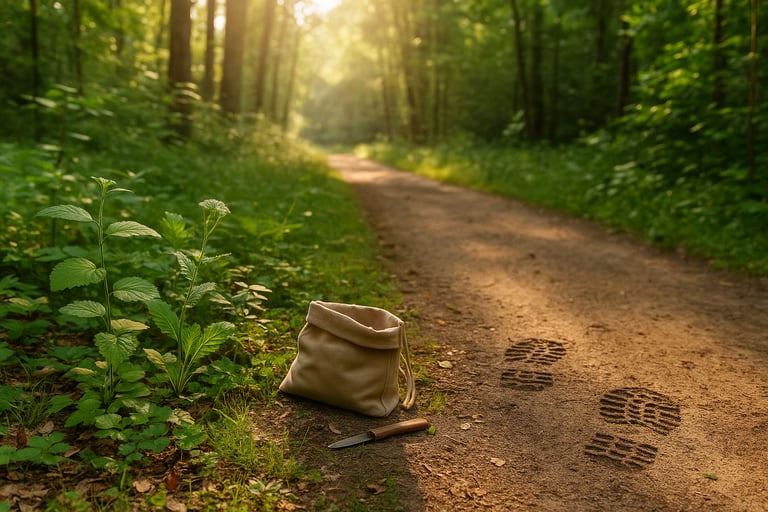Foraging Basics: How to Start Safely & Responsibly
New to foraging? Learn how to forage safely and responsibly with this beginner's guide. Discover essential foraging tips, plant ID basics, and how to avoid common mistakes when collecting wild edible plants.


Foraging Basics: How to Start Safely & Responsibly
Why Foraging Is More Than Just Gathering Food
Foraging isn’t just about finding something to eat in the woods. It’s about learning to recognize what nature offers, and how to use it wisely. Whether you’re gathering wild greens, berries, or medicinal herbs, foraging can boost your self-reliance, deepen your connection to the outdoors, and even reduce your grocery bill.
But with great benefits comes great responsibility. Foraging safely and respectfully means understanding the plants, the land, and the best practices to protect both. This article will walk you through the basics so you can start foraging with confidence and care.
Get to Know Local Plants an&d Their Look-Alikes
The first step in safe foraging is learning what grows in your region. Every ecosystem has its own seasonal edible plants, and what’s common in one area may be rare, or toxic, in another.
Start by focusing on a few beginner-friendly plants that are easy to identify and have no poisonous look-alikes. Plants like dandelion, chickweed, and wild violets are great examples. As you expand your knowledge, you’ll learn to notice leaf patterns, growth habits, and environments that signal something is edible.
Use plant identification apps or a field guide made for your area. For a detailed overview of how to use these tools correctly, check out this guide on using foraging maps and plant ID apps safely. But never rely on a single photo, cross-reference multiple sources and features. Confusing an edible plant with a toxic one can be dangerous so take your time and don’t guess.
Only Harvest What You’re Sure Of
One of the golden rules of foraging is this: If you’re not 100% sure of the plant, don’t eat it. Misidentifying a plant — especially mushrooms or toxic berries — can have serious consequences. If you're unsure how to tell the difference, this guide to identifying poisonous plants in the wild will help you avoid dangerous mistakes.
Even when you’re confident, double-check before harvesting. Look at where the plant is growing. Is the area clean? Is it away from roads or chemicals? Has the plant already been heavily harvested by animals or people?
Take only what you need, and make sure you leave plenty behind for regeneration. Ethical foraging helps ensure that wild food and medicine remain available for future years, and for wildlife that depends on them too.
Respect Nature and Know the Laws
Foraging responsibly means more than just knowing your plants, it also means respecting the environment and following the rules. Make sure you have permission to forage where you are. Some public lands allow foraging in moderation, while others may restrict it entirely. And if you're in a survival situation, do what you need to do.
Never dig up entire plants unless absolutely necessary. Stick to harvesting leaves, flowers, or fruits in small amounts. And always tread lightly — stay on durable surfaces and avoid damaging nearby vegetation.
If you’re foraging on private property, always ask permission. Some of the best foraging spots can be found with a simple conversation and mutual respect.
Build Your Knowledge One Plant at a Time
The best way to get started is by learning just one or two edible plants deeply — their leaves, flowers, stems, roots, growth patterns, and seasonal changes. As your confidence grows, so will your foraging list.
Spend time in nature regularly. Observe how plants change through the seasons. Keep a small journal or photo log of what you find. Each outing will teach you something new, and with every safe, respectful harvest, your skills will grow. As your confidence builds, you can also explore seasonal foraging to learn what grows best in each part of the year.
Foraging is a skill built on observation, patience, and humility. The more time you spend learning, the more prepared you’ll be to make the most of what nature offers, without putting yourself or the ecosystem at risk.




© 2025. All rights reserved About | Privacy Policy | Terms and Conditions | Affiliate Disclosure | Disclaimer


